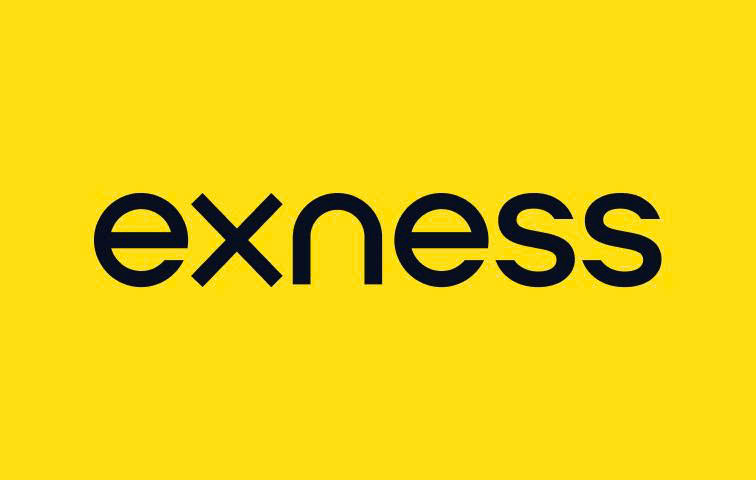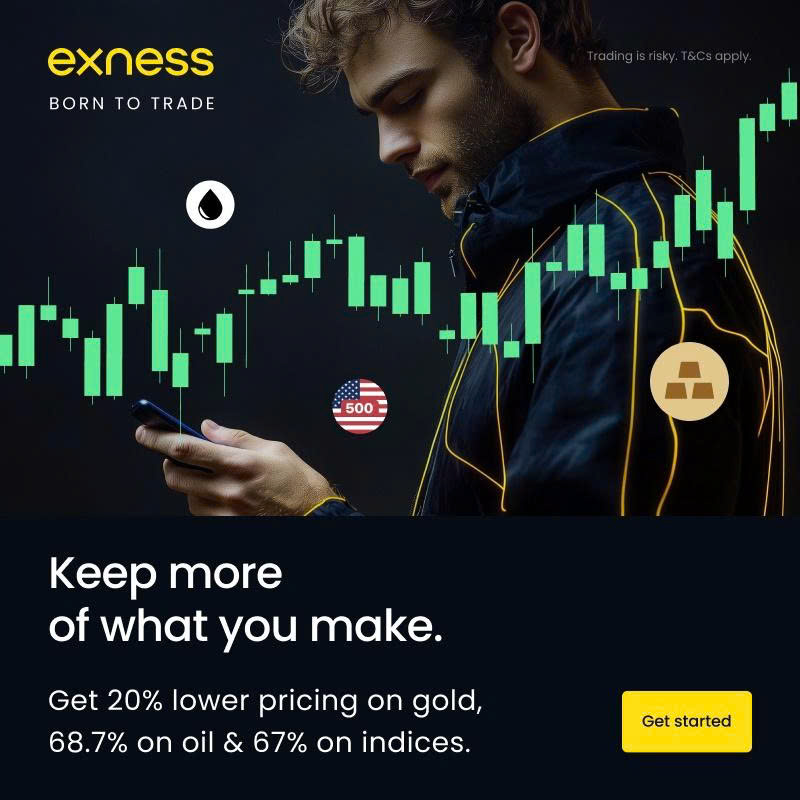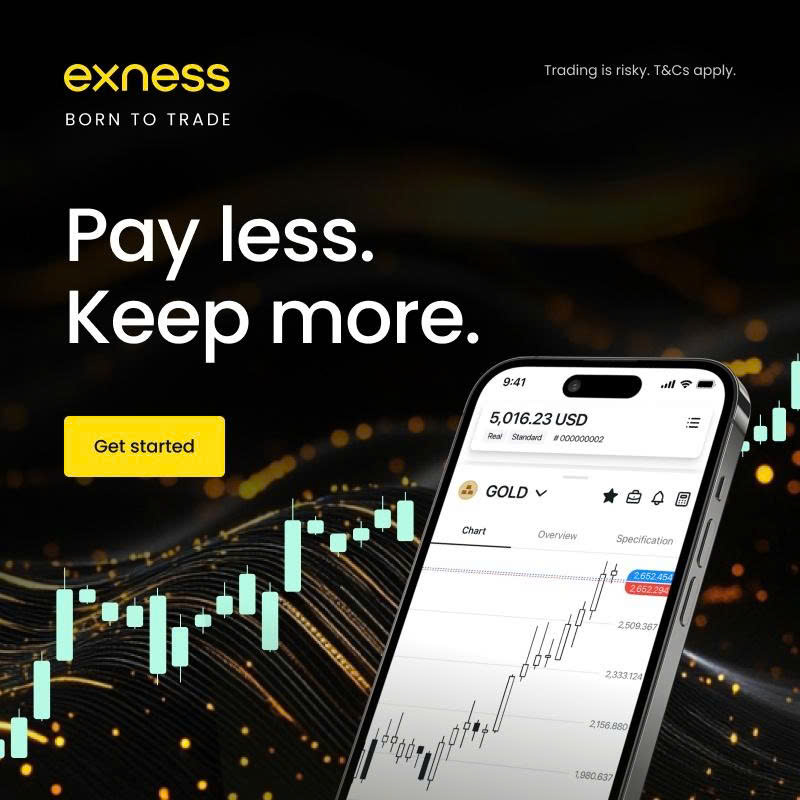
7 minute read
Why Is Exness Spread So High? A Comprehensive Guide
from Exness
by Exness Blog
Exness, a well-established global forex and CFD broker, is known for its competitive trading conditions, fast execution, and a wide range of financial instruments. However, some traders have raised concerns about the perception of high spreads on certain accounts or instruments. If you’ve ever wondered, “Why is Exness spread so high?” this article will dive deep into the reasons behind spread fluctuations, how Exness structures its fees, and what you can do to your trading costs. By the end, you’ll have a clear understanding of Exness spreads and how to make informed trading decisions.

💥 Trade with Exness now: Open An Account or Visit Brokers 🏆
What Is a Spread in Forex Trading?
Before exploring why Exness spreads may appear high, let’s clarify what a spread is. In forex trading, the spread is the difference between the bid price (the price at which you sell) and the ask price (the price at which you buy) of a financial instrument. It’s essentially the cost you pay to open a trade and represents one of the primary ways brokers like Exness generate revenue.
For example, if the EUR/USD pair has a bid price of 1.1000 and an ask price of 1.1002, the spread is 2 pips. A lower spread means lower trading costs, while a wider spread increases the cost of each trade, particularly for high-frequency strategies like scalping.
Why Do Spreads Vary at Exness?
Exness spreads are not fixed and can fluctuate based on several factors. Below, we’ll explore the key reasons why spreads may seem high at times:
1. Market Volatility
One of the primary reasons for high spreads is market volatility. During periods of high volatility—such as major economic news releases, geopolitical events, or market opening/closing times—liquidity in the market can decrease. When liquidity is low, the gap between bid and ask prices widens, leading to higher spreads.
Exness operates with floating spreads, meaning they adjust dynamically based on market conditions. For instance, spreads may widen significantly during events like the U.S. Non-Farm Payroll (NFP) report or Federal Reserve interest rate decisions. This is not unique to Exness but is a standard practice across the forex industry. To anticipate wider spreads, traders can monitor Exness’ economic calendar for upcoming high-impact events.
2. Account Type
Exness offers multiple account types, each with different spread structures tailored to various trading styles. The choice of account can significantly impact the spreads you encounter:
· Standard Account: Designed for beginners, this account has higher spreads (e.g., around 1.0 pip for EUR/USD) but no commissions. The wider spreads compensate for the commission-free structure.
· Raw Spread Account: Offers very low spreads (starting from 0.0 pips) but charges a commission per trade. This is ideal for scalpers and high-frequency traders.
· Zero Account: Maintains zero spreads for 95% of the trading day on the top 30 instruments, with a higher commission. This account is suited for professional traders.
· Pro Account: Features low spreads with no commissions, balancing cost and flexibility.
If you’re using a Standard account and notice higher spreads, it’s because this account prioritizes simplicity over ultra-tight spreads. Switching to a professional account like Raw Spread or Zero could lower your spread costs, though you’ll need to factor in commissions and a higher minimum deposit ($3,000).
3. Instrument Type
The type of instrument you trade also affects spreads. Major currency pairs like EUR/USD or USD/JPY typically have tighter spreads due to their high liquidity and trading volume. In contrast, exotic pairs (e.g., USD/TRY or GBP/JPY) or commodities like gold and oil often have wider spreads because they are less liquid and more volatile.
For example, a test conducted on March 6, 2024, showed that Exness spreads on gold and oil were competitive, but forex crosses like GBP/JPY had wider spreads. If you’re trading exotic pairs or niche instruments, expect higher spreads regardless of the broker.
4. Time of Day
Spreads can vary depending on the time of day. The forex market operates 24/5, but liquidity fluctuates across different trading sessions (Asian, European, and North American). During low-liquidity periods, such as the Asian session or market rollover times (around 21:00 GMT+0), spreads may widen. This is particularly noticeable on instruments with lower trading volumes.
Exness notes that spreads may persist at wider levels until liquidity is restored. To minimize spread costs, consider trading during high-liquidity sessions, such as the overlap between the European and North American sessions.
5. Broker’s Fee Structure
Exness incorporates its fees into spreads for most accounts, except for Raw Spread and Zero accounts, which charge separate commissions. For commission-free accounts like Standard and Pro, the spread is the primary fee, which can make it appear higher compared to accounts with explicit commissions. This transparent fee structure ensures traders know exactly what they’re paying, but it may contribute to the perception of high spreads on certain accounts.
6. Comparison to Other Brokers
Some traders compare Exness spreads to those of other brokers and perceive them as high. However, Exness spreads are generally competitive, especial
Read more:ly on professional accounts. For instance, the Zero account offers fixed 0.0 pips for 95% of the time on select instruments, and the Raw Spread account starts from 0.0 pips.
A review from Traders Union highlights that Exness’ spreads are tighter and more stable than the industry average, particularly for instruments like gold (XAUUSD), Bitcoin (BTCUSD), and oil (USOIL). When comparing brokers, ensure you’re evaluating similar account types and instruments, as differences in structure can skew perceptions.

💥 Trade with Exness now: Open An Account or Visit Brokers 🏆
Are Exness Spreads Actually High?
The perception of “high” spreads is subjective and depends on your trading style, account type, and expectations. Here’s a balanced perspective:
· For Beginners: The Standard account’s spreads (e.g., 1.0 pip on EUR/USD) may seem high compared to professional accounts but are competitive for a commission-free account. Beginners benefit from simplicity and no additional fees.
· For Scalpers/Day Traders: Professional accounts like Raw Spread or Zero offer ultra-low or zero spreads, making Exness highly competitive for short-term strategies.
· For Long-Term Traders: Wider spreads on exotic pairs or during volatile periods have less impact, as these traders focus on larger price movements.
Exness’ proprietary pricing algorithms ensure spreads remain stable for 95% of the trading day, even during volatile conditions, which is a significant advantage. Additionally, Exness does not charge swap fees on most instruments (e.g., forex majors, gold, crypto), further reducing trading costs for overnight positions.
How to Minimize Spread Costs at Exness
If you’re concerned about high spreads, here are practical steps to optimize your trading costs:
· Choose the Right Account Type: Switch to a Raw Spread or Zero account if you’re a high-frequency trader. These accounts offer lower spreads, though you’ll need to account for commissions.
· Trade Major Pairs: Focus on highly liquid instruments like EUR/USD or USD/JPY, which typically have tighter spreads.
· Avoid Low-Liquidity Periods: Trade during high-volume sessions (e.g., London-New York overlap) to benefit from narrower spreads.
· Monitor Economic Events: Use Exness’ economic calendar to avoid trading during high-volatility periods when spreads widen.
· Test with a Demo Account: Exness offers demo accounts with unlimited virtual funds, allowing you to evaluate spreads across different account types without risking real money.
· Use the Exness Calculator: Estimate spread and swap costs for your trades using Exness’ built-in calculator to plan your strategy effectively.
Conclusion
Exness spreads may appear high to some traders, but this perception often stems from factors like account type, instrument choice, market volatility, or trading during low-liquidity periods. By understanding how spreads work and choosing the right account for your strategy, you can significantly reduce trading costs. Exness’ competitive spreads, transparent fee structure, and advanced tools make it a strong choice for both beginners and experienced traders.
If you’re still unsure about Exness spreads, try a demo account to test different instruments and conditions. For more insights, check Exness’ official website or trusted reviews on platforms like Traders Union or FX Empire. By staying informed and strategic, you can navigate spreads effectively and maximize your trading potential.
💥 Note: To enjoy the benefits of the partner code, such as trading fee rebates, you need to register with Exness through this link: Open An Account or Visit Brokers 🏆
Read more:

